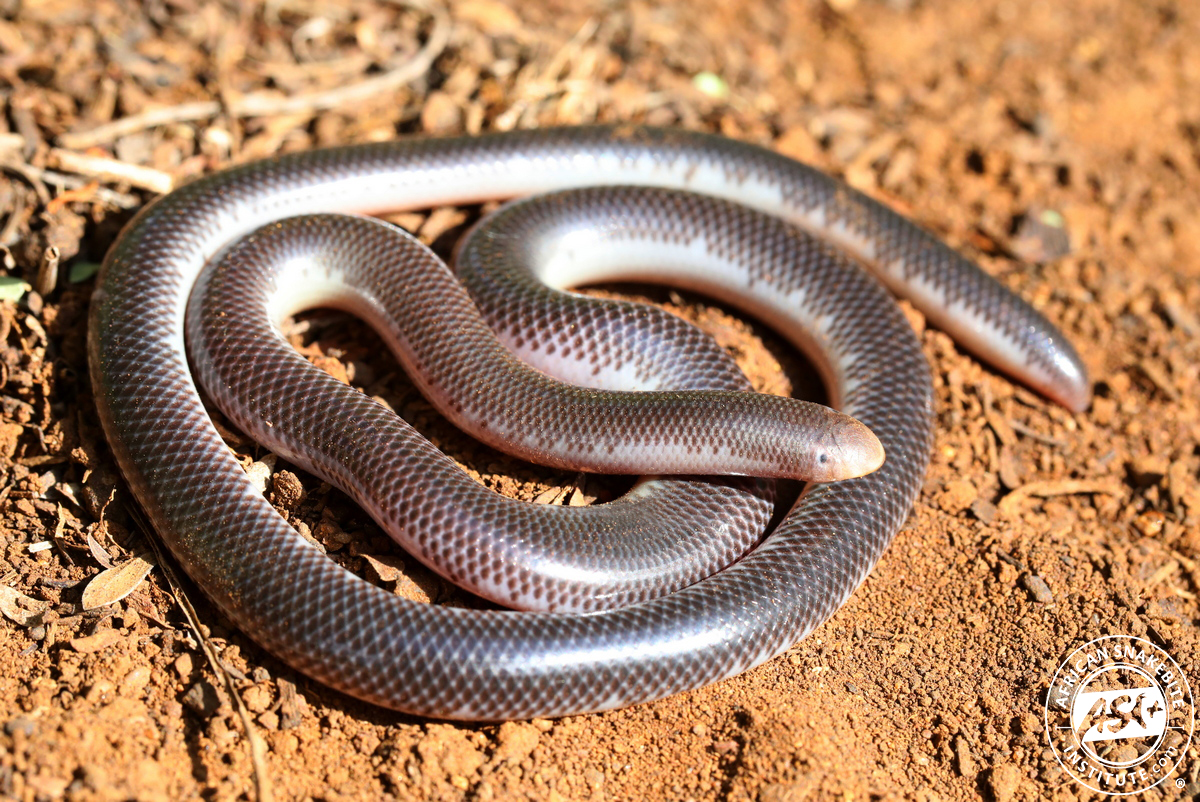

Within Typhlopoidea, Gerrhopilidae likely diverged from the Xenotyphlopidae-Typhlopidae clade during the Early Cretaceous, and Xenotyphlopidae and Typhlopidae likely diverged from one another during the Late Cretaceous. Most tropical and many subtropical regions all over the worldĭespite only having fossils as early as the Cretaceous, Scolecophidia itself likely originated in the Middle Jurassic, with Anomalepididae, Leptotyphlopidae, and Typhlopoidea diverging from one another during the Late Jurassic. India, Southeast Asia, Indonesia, the Philippines, and New Guinea Southern Central America and South America It refers to their shape and fossorial lifestyle. The infraorder name Scolecophidia derives from the two Ancient Greek words σκώληξ or σκώληκος ( skṓlēx, genitive skṓlēkos), meaning "earthworm", and ὄφις ( óphis), meaning "snake".

The Scolecophidia infraorder is most likely paraphyletic. Five families and 39 genera are recognized. All are fossorial (adapted for burrowing). They range in length from 10 to 100 centimetres (4 to 40 inches). The Scolecophidia, commonly known as blind snakes or thread snakes, are an infraorder of snakes.


 0 kommentar(er)
0 kommentar(er)
